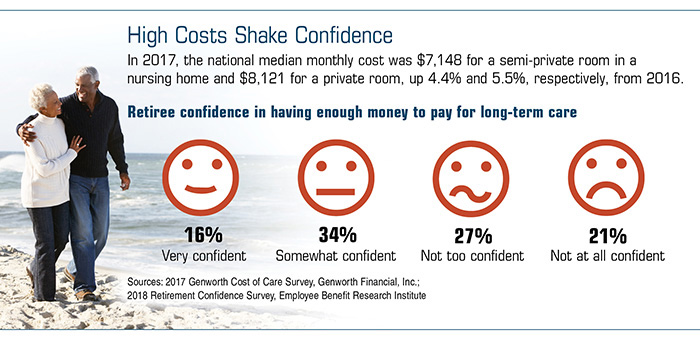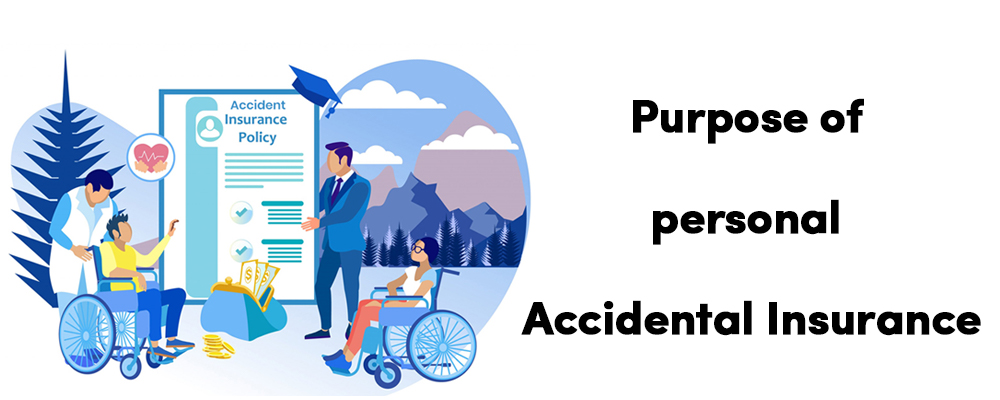The Single Strategy To Use For Pacific Prime
The Single Strategy To Use For Pacific Prime
Blog Article
Getting The Pacific Prime To Work
Table of ContentsPacific Prime Things To Know Before You Get ThisA Biased View of Pacific PrimeThe 7-Minute Rule for Pacific PrimePacific Prime Fundamentals Explained
In the majority of states, the insurance firm is called for to send you a copy of the adjustments to your policy. It is vital that you review Recommendations or Riders so you comprehend just how your policy has changed and if the policy is still ample to satisfy your requirements. To acquire a copy of your insurance coverage, please call your insurance policy representative or company.
The Institute of Medication (IOM) Board on the Consequences of Uninsurance launches an extended exam of proof that addresses the value of health and wellness insurance policy coverage with the magazine of this record. Insurance coverage Matters is the first in a collection of six records that will be provided over the following two years documenting the fact and effects of having an estimated 40 million people in the USA without health insurance protection.

The Of Pacific Prime
The goal of this collection of studies is to refocus policy attention on a historical issue. Adhering to the longest financial expansion in American history, in 1999, an estimated one out of every six Americans32 million grownups under the age of 65 and greater than 10 million childrenremains without insurance (Mills, 2000).

10 percent of the populace make up 70 percent of health care expenses, a correlation that has stayed continuous over the previous 3 decades (Berk and Monheit, 2001) - international travel insurance. Hence health insurance policy remains to serve the feature of spreading out risk even as it progressively funds regular care. From the point of view of health care providers, insurance policy lugged by their individuals helps safeguard a profits stream, and areas take advantage of monetarily feasible and steady healthcare specialists and organizations
Federal government supplies medical insurance to populaces whom the personal market may not serve efficiently, such as impaired and senior persons, and populaces whose accessibility to healthcare is socially valued, such as children and pregnant women. The supreme ends of health and wellness insurance coverage for the individual and areas, consisting of office communities of employees and companies, are enhanced health outcomes and top quality of life.
Top Guidelines Of Pacific Prime
Staff members rate medical insurance initially without a doubt in significance amongst all the benefits offered in the office (Salisbury, 2001). Although there have been substantial investments of Discover More Here individual and public funds to offer medical insurance, many individuals still have no insurance coverage. Regardless of substantial coverage of study searchings for and healthcare study results, the general public remains confused and misinformed about Americans without medical insurance and the implications of lacking insurance coverage.

Without doubt, the complexity of American health treatment financing systems and the wide range of sources of details include to the general public's confusion and uncertainty regarding medical insurance stats and their analysis. This report and those that will certainly comply with aim to distill and provide in readily understandable terms the considerable study that births on questions of health insurance coverage and its value.
Fifty-seven percent of Americans questioned in 1999 thought that those without medical insurance are "able to get the care they require from medical professionals and medical facilities" (Blendon et al., 1999, p. 207). In 1993, when national focus was focused on the issues of the without insurance and on pending healthcare regulations, simply 43 percent of those questioned held this idea (Blendon et al., 1999).

They additionally receive fewer precautionary services and are less likely to have regular take care of persistent problems such as high blood pressure and diabetes mellitus. Persistent diseases can lead to costly and disabling difficulties if they are not well taken care of (Lurie et al., 1984; Lurie et al., 1986; Ayanian et al., 2000). One nationwide survey asked more than 3,400 grownups about 15 extremely serious or dark problems.
How Pacific Prime can Save You Time, Stress, and Money.
Extra evidence exists later in this chapter in the discussion of insurance and access to wellness treatment. https://disqus.com/by/disqus_tLNq8V4sBK/about/. People without health and wellness insurance policy are young and healthy and choose to do without insurance coverage. Virtually half (43 percent) of those evaluated in 2000 thought that people without health insurance coverage are much more likely to have health issue than people with insurance
Citizens and policy manufacturers in focus group conversations define those without insurance coverage as young people that have the possibility to be covered and feel they do not require it (Porter Novelli, 2001). Compared to those with a minimum of some private coverage, the without insurance are less likely to report remaining in outstanding or great health (Agency for Medical Care Research and Top Quality, 2001).
RESOURCE: Center for Cost and Funding Researches, Firm for Healthcare Research Study and Top quality, based upon MEPS information. Young person in between 19 and 34 are even more most likely to do not have health insurance than any type of other age team. This is mainly because they are less frequently qualified for employment-based insurance policy as a result of the nature of their work or their brief tenure in it.
The perception that individuals without insurance coverage have better-than-average health follows from perplexing the fairly young age profile of the uninsured with the better health and wellness, generally, of more youthful individuals. This obscures the link between health and wellness standing and medical insurance. For those without accessibility to workplace medical insurance, poor wellness is a possible obstacle to acquiring nongroup insurance coverage since such protection may be extremely valued, exclude pre-existing conditions, or be just not available.
Report this page